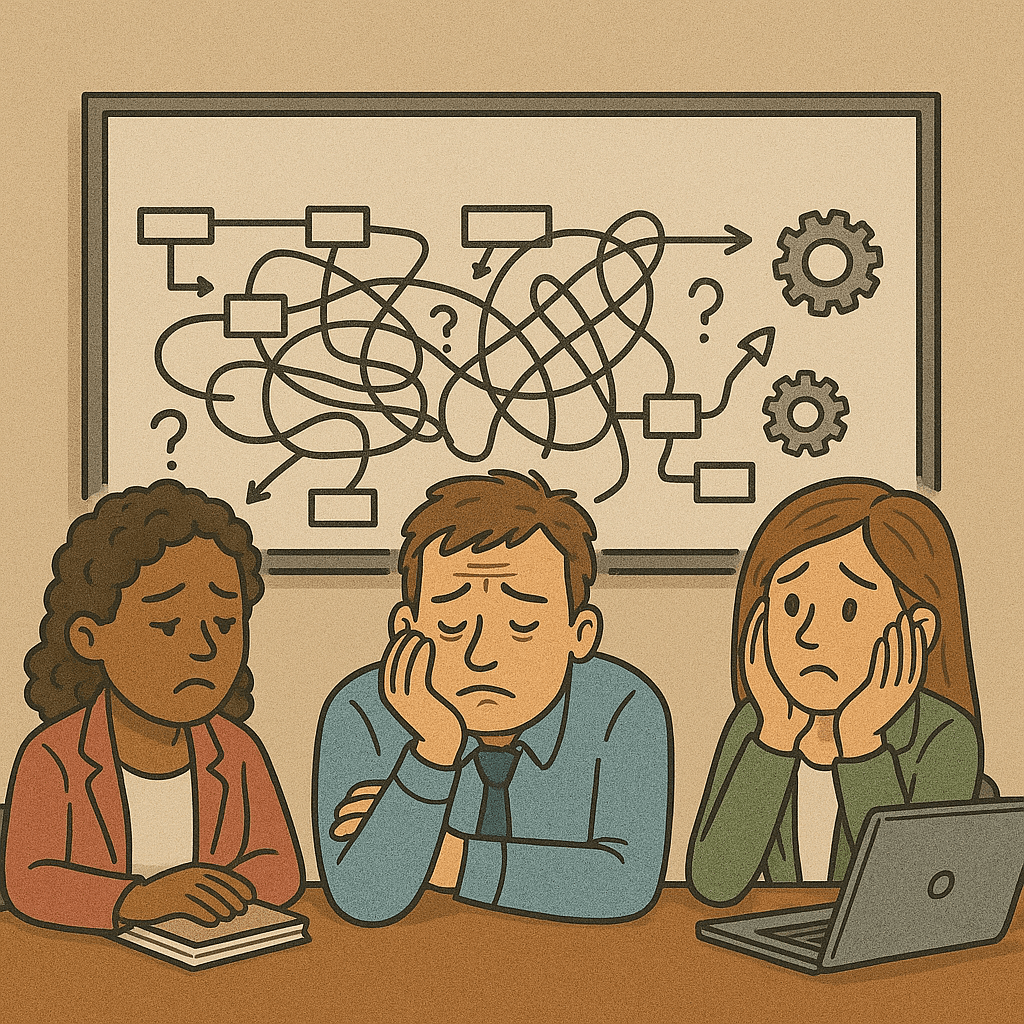Our choir in school was a group of about 55 girls at any time, organized so singers of similar voices were grouped together to create blended harmonious music. The music conductor was our music teacher who also played the piano, our guiding instrument.
We regularly performed at school programs and several competitions. Practice sessions were regular and intense with basic scales exercises and singing musical compositions for 2-3 hours each week. Music pieces had contrasts in rhythm, beat & tune that tested our listening and voices. Sometimes it felt like we were singing beautifully and other times perhaps insulting the composer. Practice session outcomes ranged from joyful to painful leaving both conductor and choir with a combination of satisfied and frustrated outcomes, much like sports practice sessions between coaches and players. Sometimes, just before a public performance we’d find ourselves completely out of sync. What did we do then? Our teacher-conductor would help us with these techniques
- Initiate breathing exercises.
- Initiate scales practice with a lead note, where each one of us had to listen to ourselves first and then to each other, to know where each one was, to sustain the notes.
- Play the practice composition, repeating the tougher sections, emphasizing the sharps, contrasting the staccatos and legato moments, till she sensed we were ready to sing. Somewhat like enabling the choir to take a step back and see the big picture.
- Facilitate a retro of sorts by having sections of the choir sing their pieces by which we would find our off-key sections and slowly work through those to synchronize back.
It would all then come together, just in time to deliver a cracker jack performance. After an year or so of singing together, we each knew when our singing was off key and more importantly what to do to get our rhythm back. We would then re-start practice even without our conductor by using the techniques we learned. Did we deliver an awesome performance all the time? Well almost, but more importantly, we learned how to sync back, whenever we fell out of it.
In my role a coach for engineering teams, I see teams starting development iterations with earnestness and applying practices like planning, design, coding standards, reviews and so on. For the first few iterations, their tempo gains pace and teams deliver at a fairly steady rate. After that, I notice the original energy, practices and overall flow began to waver. Teams struggle to maintain their rhythm often due to reasons such as
- Frequent mid-sprint scope changes.
- Unexpected surprises cropping up too often.
- Making decisions on the go taking the team away from the goal.
- Piling tech debt.
amongst others. Teams seem to drag themselves to complete deliverables, quality & speed of delivery are impacted, motivation levels fall, and team members become disconnected. Regular events or practices meant to enable workflow, especially the daily stand-up, became a mechanical motion, planning and backlog grooming fall by the wayside. How can a team get back to a state of flow and sustain their rhythm? What does it take for a team to choreograph itself to synchronize back?
I have shared a few steps from what I have tried as a coach, based on my choir group experience. I am sure they are not new to many of our readers.
- Re-iterate the big picture and goal. Encourage more of asking “why” to help re-establish purpose within the team. Talk more in the language of the end user/customer to help re-connect back with the goal.
- Sense each other in the team to know where everyone is – at daily stand up’s, listen intently to what others are saying or not, commit strongly to what you will do. Even if a few team members start this, connectivity between team members builds up.
- Setup time to share experiences & encourage feedback – this creates what is called a “rhythmic field of interaction” which helps to synchronize a teams’ mental rhythms, drop past botherations and move forward.
- Re-vitalize retros with elements of fun to re-energize the team.
These could either be facilitated by a scrum master, manager or anyone in the team who notices an arrythmia. If you see, most of these interventions are a combination of continuous collaboration, communication, coordination, which is what many teams or groups in performing arts or sports do. Across the organization, establishing and maintaining rhythmic practices such as regular scrum events, release planning, roadmap and strategic or vision-level alignment, define how interaction happens within companies, enabling them to deliver on a cadence to their customers and sustain without oversight. This recent video beautifully sums up the sense and importance of rhythm in teams.
I invite readers to please chime in with their thoughts and experiences and on rhythm and sync in organizations and teams.





